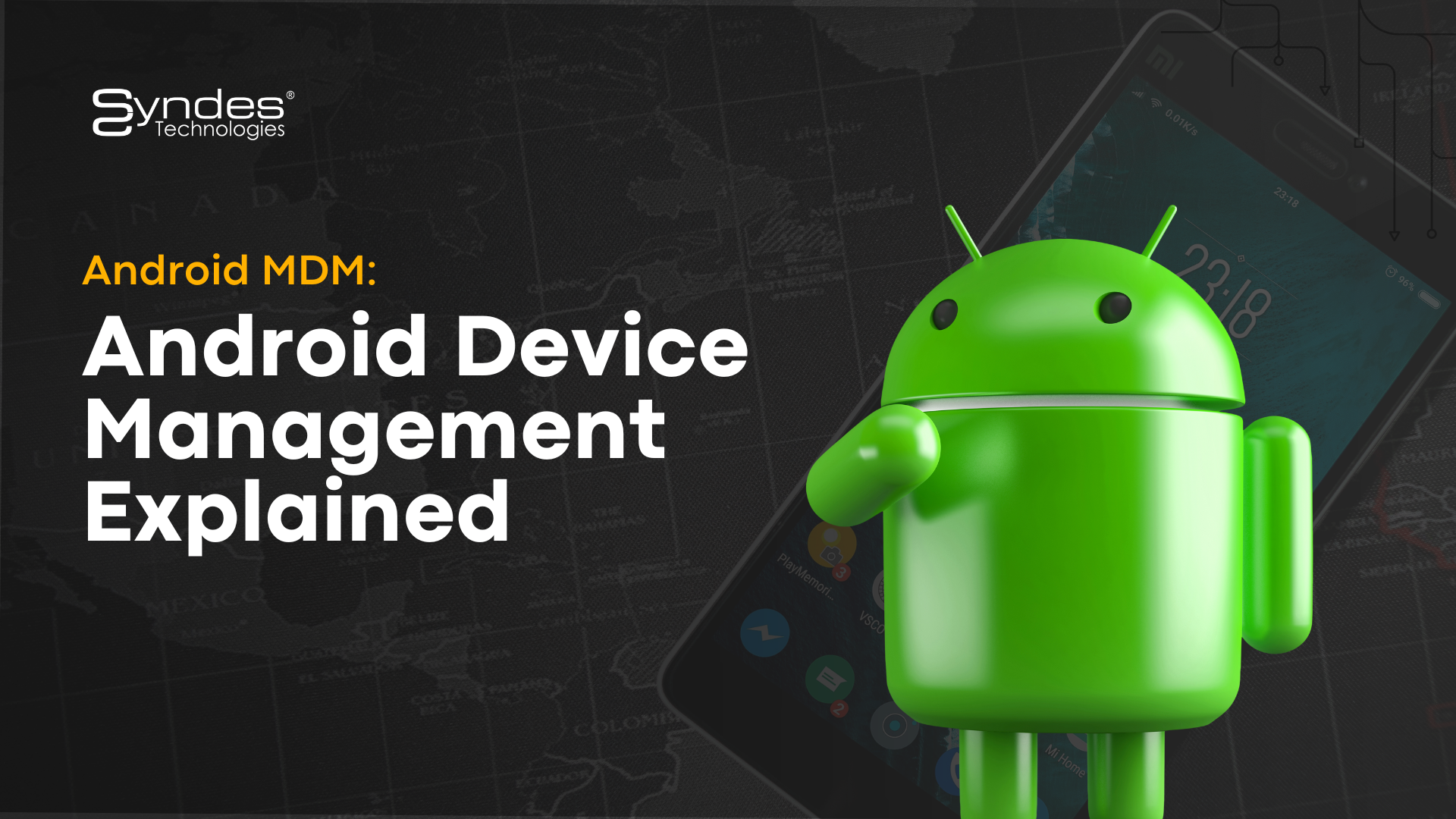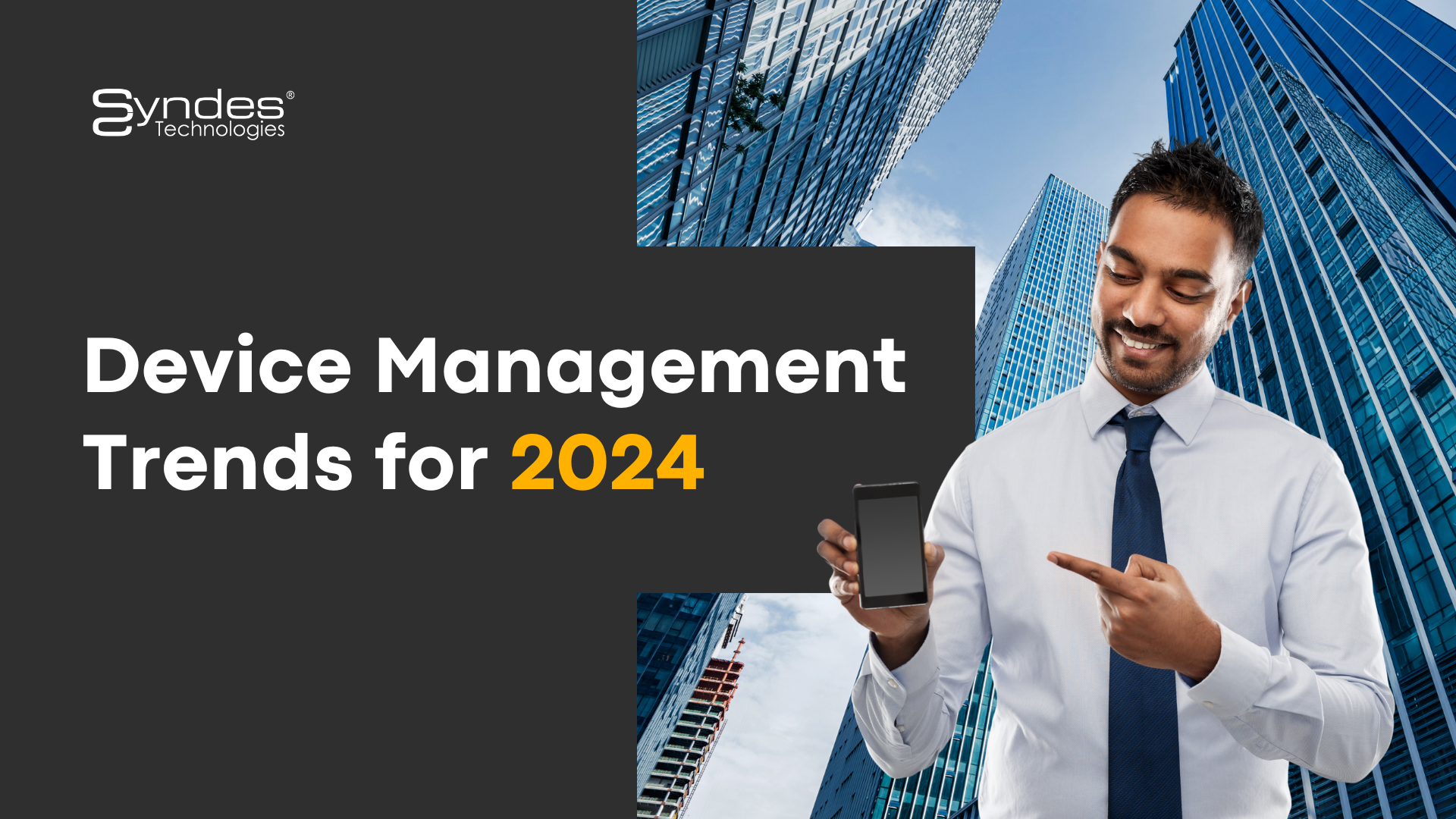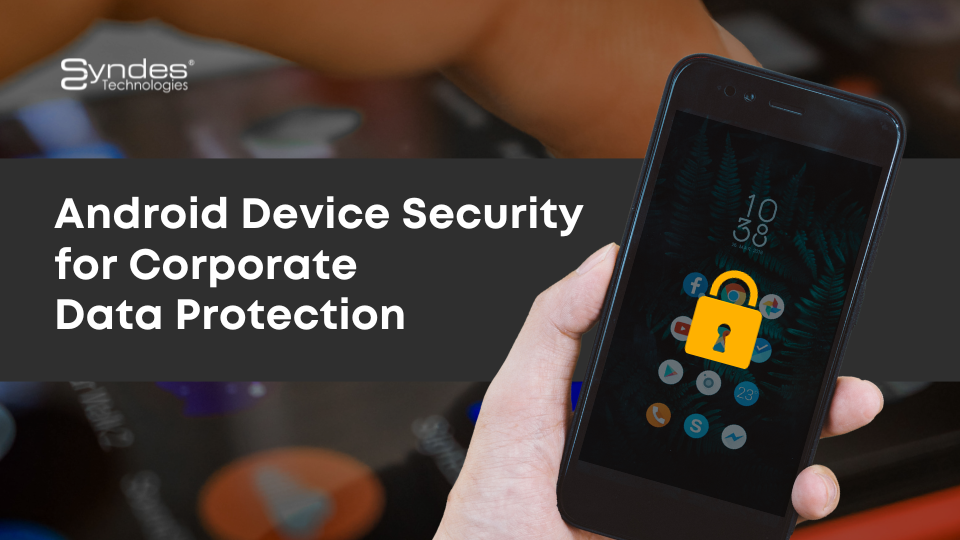Enterprise Mobility Management in 2020: What Does the Future Hold?
By 2020, there will be a significant surge in the number of people connected to mobile. However, by opening doors to BYOD, enterprise mobility has exposed organizations to security breaches and risks. Addressing these challenges will be predominant as we take steps towards a more seamless business experience.
1. Secure & Single integration platform
The world is going crazily mobile and companies are somehow juggling to keep pace with the new innovations in mobile technologies. With the constantly emerging market and its varying unpredictable requirements, most companies are not planning anything beyond one year from now. The concept of mobile is changing, and it is not just confined within smartphones and tablets. Users are inclined towards using upcoming gadgets like smartwatches, wearables, smart glasses and what not! An EMM solution provider must broaden its horizon of expertise and know-how to support all these upcoming mobile devices while facilitating a cohesive, cost-effective and productive integration with already existing operations and enterprise tools, which will be strategic and aligned to a company’s IT security and business revenue. A next-gen mobile device management solution can be an answer!
2. Bring simplicity & visibility on the table
Irrespective of the devices that are in use within a company, the future EMM leaders will ensure an easy-to-install and holistic technology integration with the pre-existing infrastructure without impacting the ongoing processes. This means, there won’t be any parallel system for managing and securing the legacy and latest devices, and the IT admins can effortlessly manage downtime and device performance while optimizing the benefits for the enterprises and the users. EMM vendors are more proactive than before in understanding the core challenges faced by the company IT leaders in driving productivity and results in an environment of heterogeneous devices and physically distanced users. This calls for an Enterprise Mobile Device Management solution that can help organizations do everything at the same time – standardize security policies, analyze device conditions, manage multiple endpoints, simplify device enrolment, drive user-IT collaboration and make real-time decisions.
3. Tailormade device security solutions
As different mobile devices are starting to emerge, they will need varying levels and depth of security. This will give rise to a matured market wherein the security solutions can be customized with fewer but specific options and features to cater to a specific device. EMM vendors with consolidated solutions for a range of mobile devices and hybrid IT deployment systems are hence preferred over the traditional solution providers for their ability to satisfy unique device security needs. Meanwhile, business leaders have realized that device security and enterprise mobility management is not just an IT problem. The LOB leaders and high-level managers are equally responsible to maximize technology innovations while driving device-wide security at all levels. EMM leaders are emphasizing an appointment of a high-level security governance council within organizations to execute mitigation of risks, breaches, and attacks on corporate data.
4. IoT combined with EMM is going to rule
Companies are embracing an overwhelming number of connected devices within their IT environment, all because they have the ultimate support in the form of a robust EMM solution. In fact, IoT and EMM work best together to drive a well-controlled and well-managed environment wherein all the connected devices operate in sync following standard security policies towards a common goal of overall process optimization, accelerating device performance, enhancing user productivity and driving better collaboration with strategic decision-making. It is evident that the future enterprise is shifting towards IOT driven products and services, and so is the EMM market. Due to its expanding reach, flexible network bandwidth and tolerance to high latency, a great synergy will develop between stationary devices and mobile networks as IOT explodes.
5. Multi-dimensional and multi-platform EMM experience
As companies are handling a ubiquitous variety of enterprise devices like desktops, printers, rugged devices, laptops, tablets, smartphones, wearables and so on, the line between EMM and UEM (unified endpoint management) is fading and the future will witness advanced EMM vendors who are fully capable to manage, secure, streamline, deploy and integrate all these devices, irrespective of their operating systems and functionalities with the company IT system while maintaining flawless user interface and overall performance. While doing so, EMM will also need to consider user identity verification and required control over access to corporate systems, data, and content from mobile devices. EMM is growing as a tremendously agile solution to maintain security controls like remote device/data wiping, user authentication, encryption, and anti-virus precautions. On the other hand, EMM is also expected to facilitate a seamless transition between devices for employees using more than one device.
Mobility is a crazily increasing phenomenon and companies are heavily depending on EMM to manage enterprise mobility and its ever-changing facets. There’s no doubt that trends and advancements in AI, Automation, AR/VR, Analytics and IoT is going to impact the very nature of EMM. On top of that, technologies like the smart location-based business and intelligent apps, biometric capabilities, BYOD, Mobile Virtual Network Operators, endpoint management solutions, proximity marketing, asset & employee tracking and a lot more are going to make a significant shift in the way EMM operates today. In simple words, EMM is going to play a gigantic role in the coming years to manage, secure, monitor, track, view and streamline all the enterprise devices, apps and content that employees can access to get their job done (from anywhere and anytime) while ensuring that they are being accessed by the right people with authentic identities. And at the same time, it also needs to preserve personal user identity and enhance business workflows, IT operations, and core business processes. All this to maintain a seamless synergy between the mobile workforce, devices and organizations to gain the true return on their investments.
Sorry, the comment form is closed at this time.





